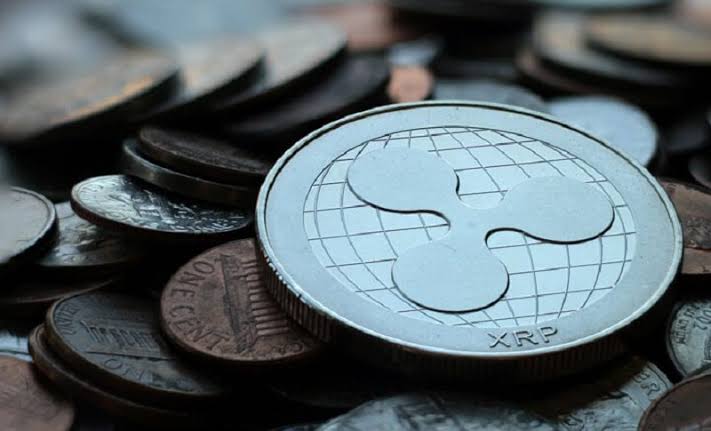David Schwartz, the CTO of Ripple, recently spoke with me about how the XRP Ledger is facilitating a revolution in the tokenization of physical assets.In an interview conducted recently, Schwartz expressed his excitement about the XRP ecosystem as investors’ focus shifted from the XRP coin to a more comprehensive interest in the features of the XRP Ledger.The CTO claims that the XRP Ledger’s technology is becoming more institutionally adopted and is being used in more business and financial applications.
In recent years, the idea of tokenizing real-world assets (RWA) has gained traction.Owners of real-world assets can store their rights to things like gold and commodities on the blockchain through the process of digital asset tokenization.However, Ethereum and a few other blockchains have received the majority of the focus surrounding asset tokenization.
The tokenization of conventional assets is being actively pursued by major financial institutions like JP Morgan and Bank of America, according to Schwartz in the interview, and this trend is now spreading to the XRP Ledger.
“There’s real interest from mainstream financial giants like JPMorgan and Bank of America are actively pursuing tokenization of traditional assets. So I think that’s a scenario to watch and I think that scenario with the XRP ledger is going to excel,” Schwartz said.
The CTO also underlined the core capabilities of XRP as a buyable and sellable token with sufficient liquidity.Traditional lenders are starting to adopt this feature more frequently; Chase Bank and HSBC, for example, let customers use XRP to pay down their mortgage debts.
Schwartz noted that the XRP Ledger was created by the company’s early engineers in order to overcome the enterprise adoption barrier that Bitcoin faced at the time by establishing XRP payment bridges with conventional finance.He noted that while the XRP Ledger was initially designed to facilitate cross-border payments, the technology supporting XRP isn’t nearly as fascinating as the other features of the Layer-1 that power the XRP Ledger.
“It’s exciting to see more focus on the technology. Things like the first DEX,” Schwartz said in relation to XRP being the first blockchain to feature a built-in decentralized exchange (DEX).
In the upcoming years, asset tokenization has a bright future.As reported by Ripple, the company is focusing on the tokenized assets market, which has the potential to reach a valuation of $16 trillion by 2030.
Anthony Welfare, a CBDC advisor for Ripple, stated on social media in July that the company is focusing on practical use cases for stablecoin on the platform, allowing users to tokenize real estate as loan collateral.Schwartz stated that the XRP Ledger’s low transaction costs and “integration with the DEX” make it the best platform for tokenizing real-world assets at the Apex 2023 developer summit, which took place last month.


